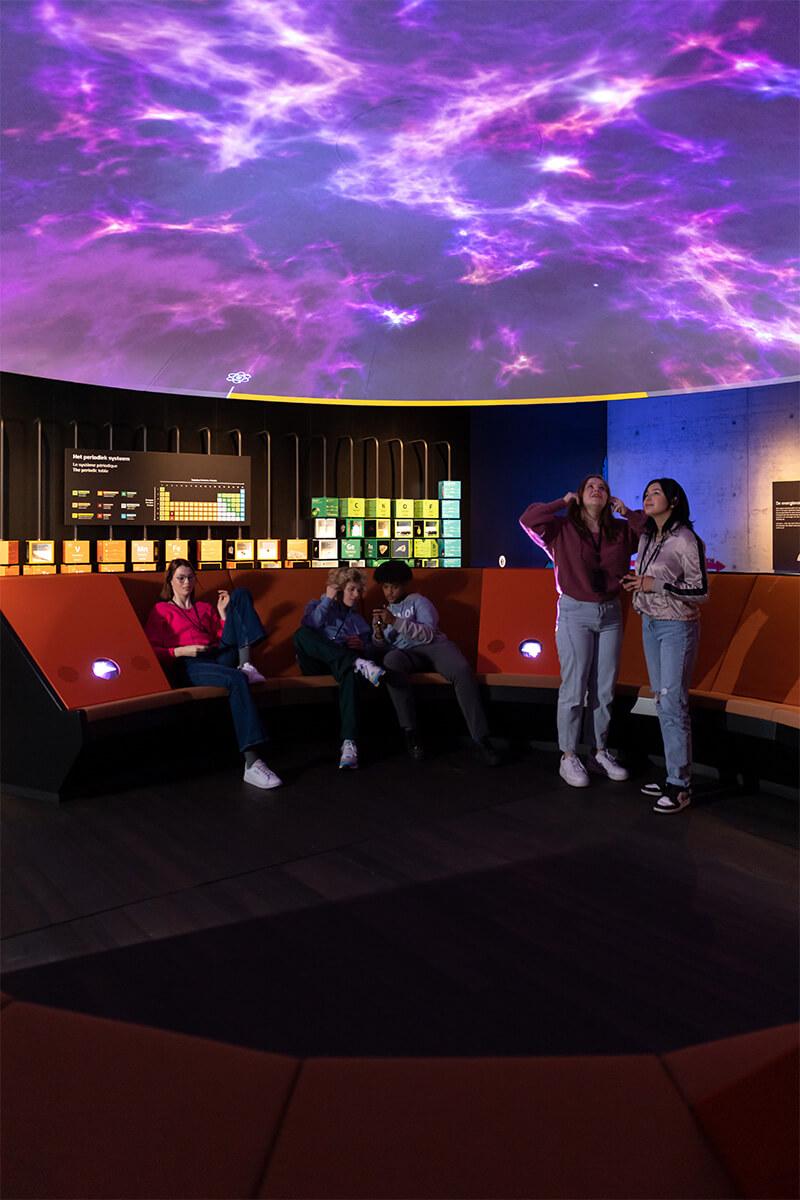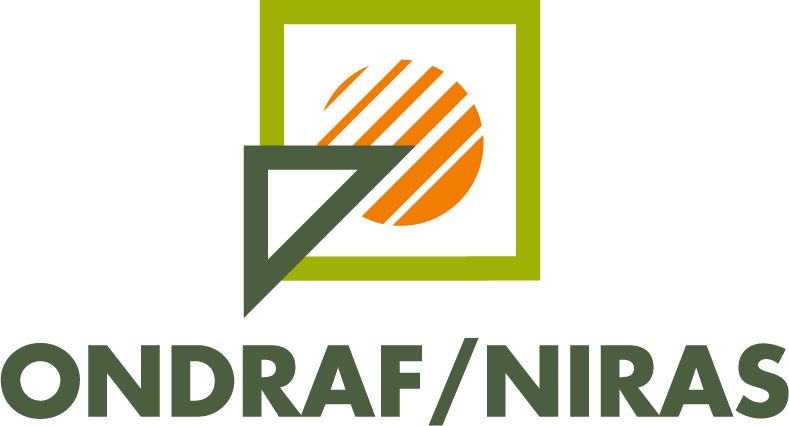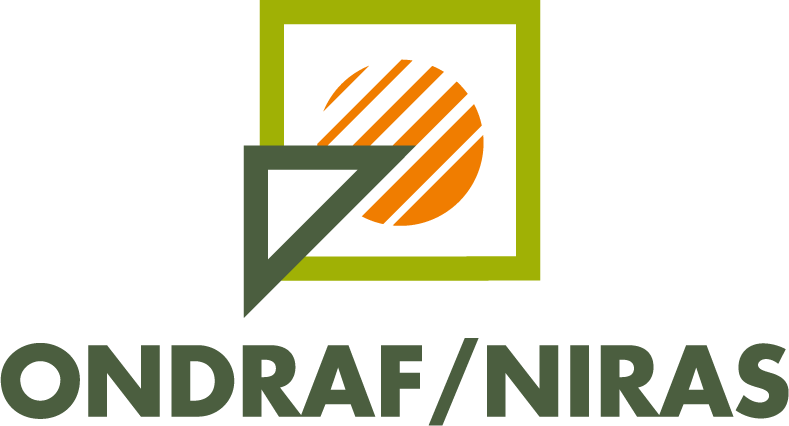About ONDRAF/NIRAS
Mission
What are ONDRAF/NIRAS' missions?
ONDRAF/NIRAS is responsible for the safe management of all radioactive waste in Belgium. We can also be tasked with the remediation and dismantling of nuclear facilities that have been decommissioned. We invest in research programmes to optimise our existing operations and work out long-term safe solutions. We make national policy proposals linked to the long-term management of radioactive waste to the government. We engage in dialogue with the public to create societal support for the proposed solutions. Finally, we ensure that there is adequate financial provision according to the 'polluter pays' principle.
How does waste management occur in the short term?
Daily waste management is a fully operational industrial process that we carry out with our subsidiary company Belgoprocess in Dessel. There, the waste is processed and immobilised in drums, which are then stored in adapted buildings. Storage of the waste is a safe but temporary solution, as the waste needs a final management solution. We do not want future generations to have to bear the burden of managing this waste. Indeed, depending on its life span, waste will need to be isolated from humans and the environment for hundreds to many hundreds of thousands of years.
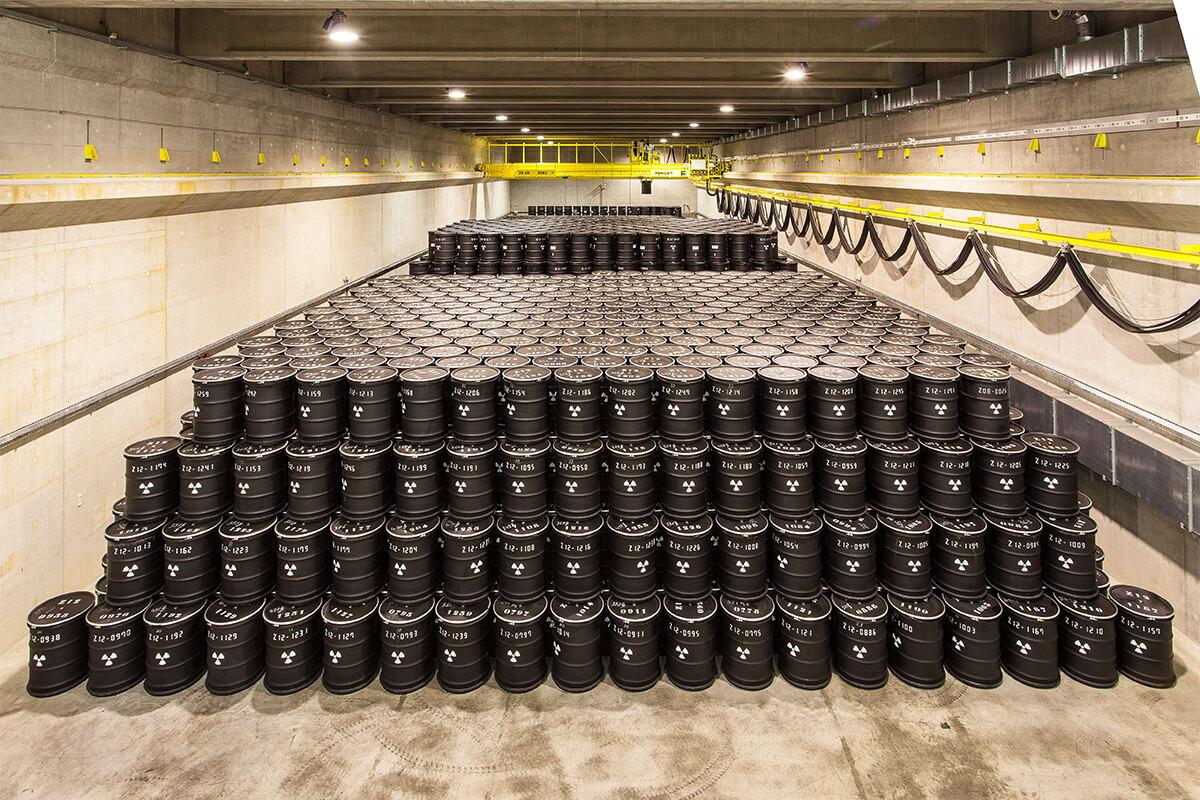
How is radioactive waste managed in the long term?
Low and intermediate-level short-lived waste will be disposed of at a surface disposal facility in Dessel where it will be isolated from humans and the environment. Once the waste has been disposed of, this facility will be monitored for another 300 years. Afterwards, active monitoring remains an option but will no longer be necessary. Indeed, the installation is conceived as a passive system: future generations need not intervene to ensure safety. This project is being realised through a unique participatory process in close cooperation with the residents of Dessel and Mol.
For long-lived and/or high-level waste, the principle of deep disposal on Belgian territory was recently chosen. There is an international scientific consensus that such a deep (or geological) disposal is currently the safest solution for this waste.
Participation
Why is participation essential for the long-term management of radioactive waste disposal?
Radioactive waste disposal is not just a technical or scientific challenge. The societal challenge is equally great. The project for surface disposal of low and intermediate-level short-lived waste proves this, as do other international examples. In the 1990s, we still took a purely technical approach to this. We had selected nearly 100 sites that could be considered for a disposal facility, but all the municipalities involved refused the radioactive waste.
A change of direction was needed, and so the federal government decided in 1998 that research into a suitable disposal site for this waste should be done through a participatory process. This meant that the local population in municipalities with a potential interest had to be involved from the outset. Among others, the Walloon municipalities of Fleurus and Farciennes and the neighbouring Flemish municipalities of Dessel and Mol were willing to explore a possible disposal project with ONDRAF/NIRAS. Several partnerships were established to involve residents in decision-making: a local partnership in Fleurus and Farciennes called PaLoFF (Partenariat local Fleurus Farciennes), a study and consultation group on radioactive waste in Dessel named STOLA/STORA (STudie en Overleg Radioactief Afval) and another consultation group about radioactive waste in Mol called MONA (Mols Overleg Nucleair Afval).
These partnerships, in close consultation with ONDRAF/NIRAS, investigated whether it was technically possible and socially acceptable to dispose of low and intermediate-level short-lived waste in their municipalities. In 2005, the Dessel and Mol municipal councils approved the STORA and MONA concepts. The Fleurus municipal council rejected PaLoFF's proposal, following which the Farciennes municipal council did not rule on the file. In 2006, the federal government decided that the disposal facility would be located in Dessel and that the terms of both partnerships had to be fleshed out. The Dessel municipality thus assumed responsibility for an issue that affects the whole country.
Why is participation so important to us, and why will this remain the case?
Marc Demarche, director general of ONDRAF/NIRAS: "We have succeeded in creating broad societal support for the disposal of low and intermediate-level short-lived waste. The idea of partnerships with the residents of Dessel and Mol - worked out by the University of Antwerp and the Fondation Universitaire Luxembourgeoise - was a first for our country. Belgium has been a real trendsetter in this regard. Much of what we did and will continue to do here has become good practice today, even far beyond our borders. Participation is now in our DNA.
The job is not done yet though, not by a long shot. We also need to work on a management solution for high-level and/or long-lived waste. It will take several decades before a deep disposal facility is realised. It is a very long-term project involving numerous technical, scientific and economic challenges. In addition, and I stress its importance, the local community should also be involved. This societal aspect is at least as important as the others.
2023 is an important first year for this, with the start of the public debate on the long-term management of high-level and/or long-lived waste. The purpose of this debate is to engage in a dialogue with the community, to look together at how we can realise this disposal project in what way. Because only together will we reach a supported solution to an issue that concerns the safety of all of society."
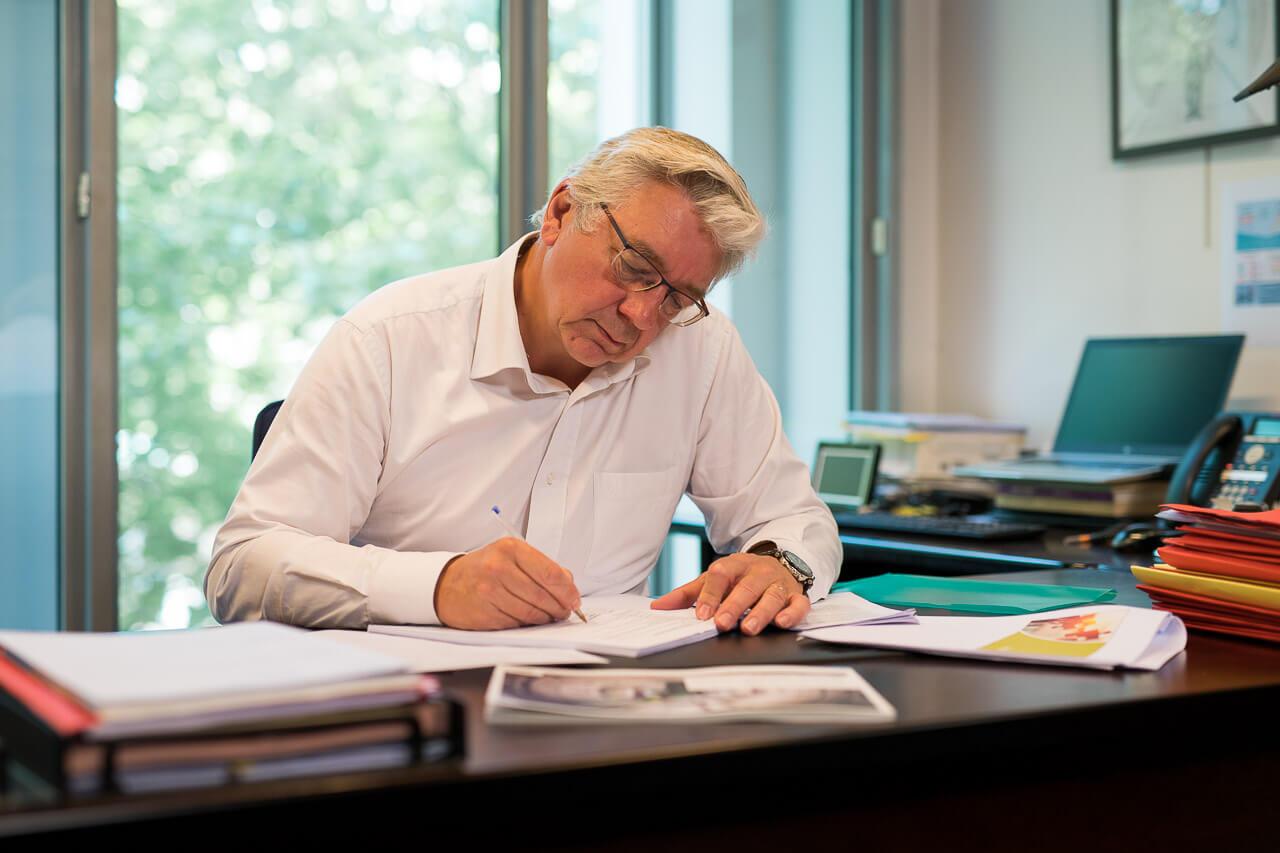
How can I find out more about the participatory model?
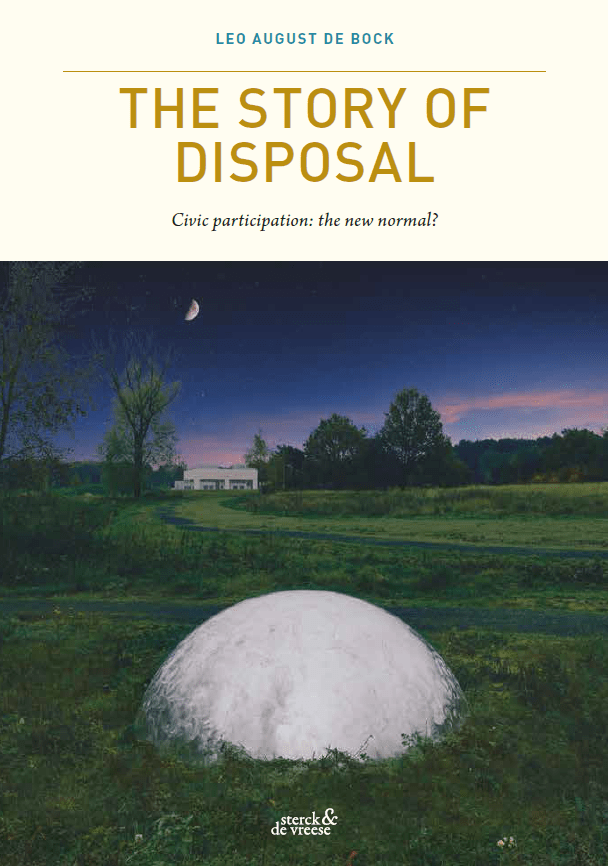
The book ‘Het verhaal van een berging’ ['The story of a disposal'] by author Leo De Bock elaborates on the full participation process related to the surface disposal project in Dessel and Mol. The author spoke to quite a few stakeholders who committed to the project and delved into the broader topic of civic participation.
Surface disposal
How about the surface disposal project in Dessel?
In 2006, the federal Council of Ministers took the decision to dispose of all low and intermediate-level short-lived waste in a surface disposal facility on the territory of the Dessel municipality, near the border with the Mol municipality. Construction work on the facility itself has not yet started. Before that, we still have to wait for the nuclear licence. It is the first and only disposal project for low and intermediate-level short-lived waste in Belgium.
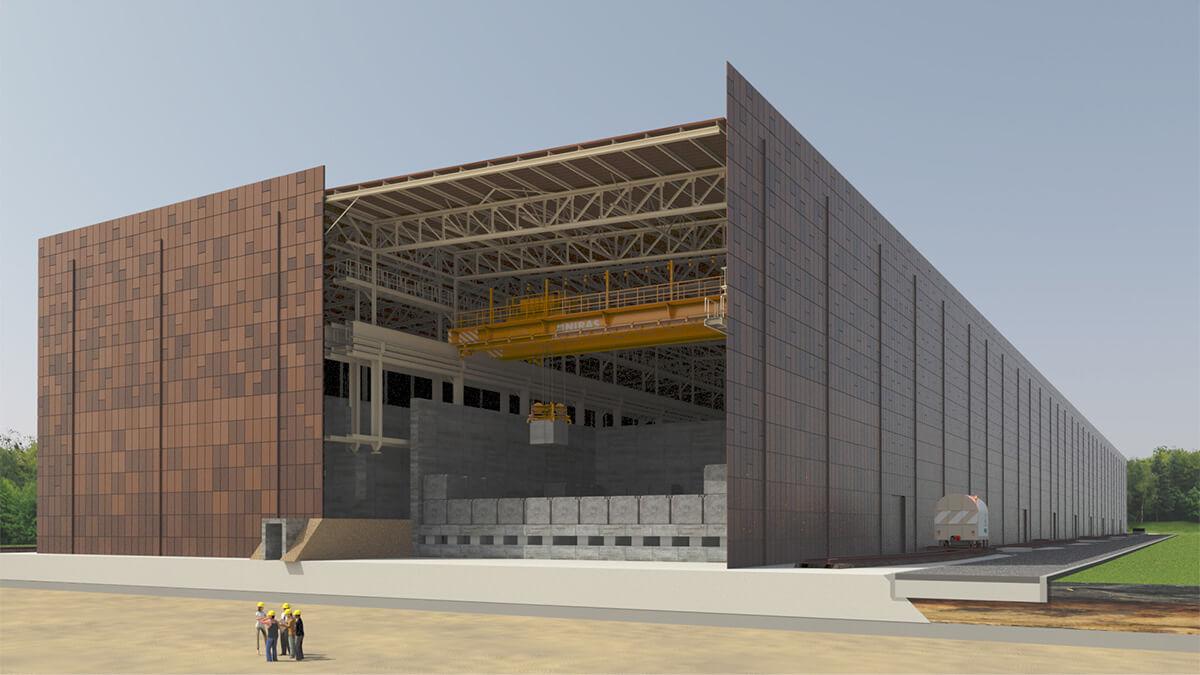
How does surface disposal work?
In surface disposal, conditioned radioactive waste is safely and permanently disposed of in an above-ground facility. Multiple barriers contain the radioactive substances and isolate the waste. Once filled, the facility is sealed by a permanent cover consisting of several protective layers. Future generations will then no longer have to actively intervene to ensure safety.
The drums containing the radioactive waste are placed in concrete boxes (caissons) and encapsulated with mortar. This creates monolithic blocks (monoliths), which are then transported to the disposal facility. There, they are placed in concrete bunkers with thick reinforced concrete walls (modules). These disposal modules are divided into two zones and will eventually only be identifiable as two hills in the landscape. All these steps happen on location and will take decades to complete.
Tabloo
Want to know more about radioactive waste? Visit the Tabloo visitor centre!
Tabloo is the brand-new visitor and meeting centre in Dessel, close to the site where in a few years' time low and intermediate-level short-lived waste will be safely and permanently disposed of. Tabloo was established after a unique participation model with the residents of Dessel and Mol.
An absolute eye-catcher at Tabloo is the interactive exhibition on the theme of radioactivity. The topic is approached from both scientific and societal perspectives. Thanks to experiments, visitors can discover the phenomenon of radioactivity and learn how radioactive waste is created and managed. They can find out how the public is helping to find solutions, what challenges we still face and what research into nuclear applications is ongoing. Various workshops, lab sessions and activities are also available for schools and groups.
Besides a visit to the exhibition, Tabloo and the surrounding area are full of fun experiences. Enjoy a nice drink and lunch at brasserie Bistroo. Take a fascinating walk up to the site of the future radioactive waste disposal facility. Relax in the landscaped park while the kids have fun in the playground. Or delve into the region's rich nuclear history. Tabloo has everything you need to make it an unforgettable outing.
Want to know more? Go to www.tabloo.com
